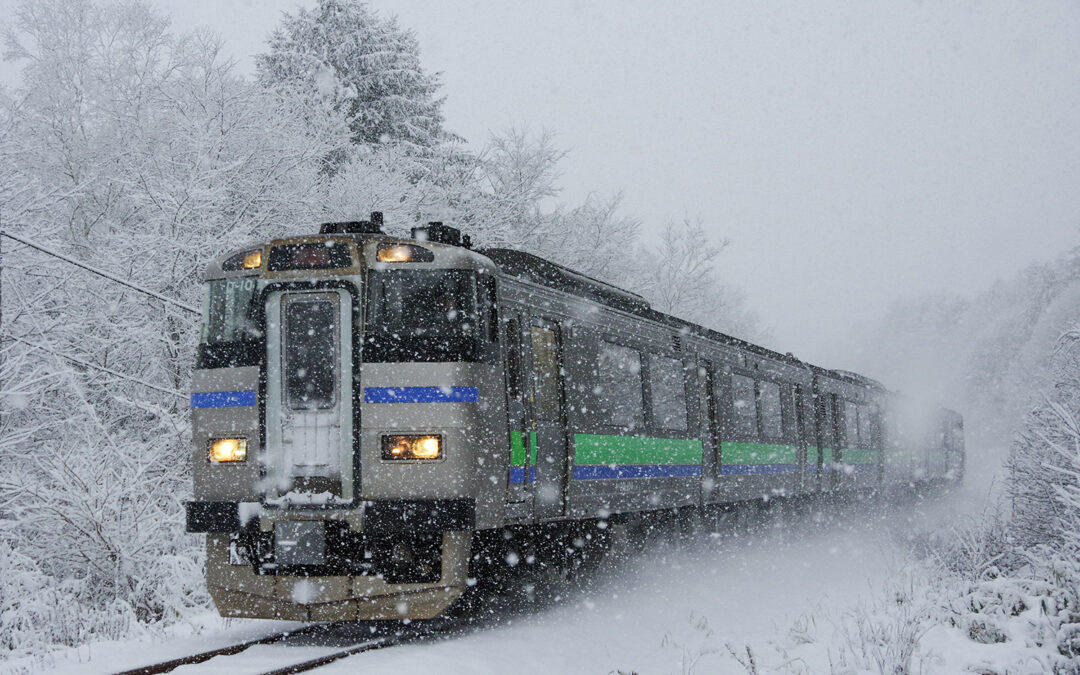Railroads, as durable as they are, are not immune to the weather, especially in the winter. While regular winter weather is no problem, the accumulation of snow and ice during extreme weather can be a huge problem to trains as well as the components that the trains rely on likes switches.
How do you winterize railroads? Much of what we do is proactive, but there is a large reaction component as well. We need technicians on the ground who can inspect and clear railroads before, during, and after extreme weather. Here’s what we focus on when dealing with railroads in the winter.
Monitor the Forecast
Winter storms blow in fast with very little warning. With that said, carefully monitoring the forecast is the best way to get ahead of a storm. In most cases, we have at least 48 hours notice of a winter storm and can be prepared for its impact on our railroads.
Blizzard readiness means working before, during, and after a storm to ensure it has a minimal impact on our railroads.
Winterize Track Components
We typically used a glycerin-based antifreeze on railroad components to keep snow and ice from accumulating. These strong and effective antifreeze products are proactive measures; we apply them before a storm to keep accumulation from ever occurring, which makes clearing snow and ice that much easier after the storm has passed.
Beyond that, we use switch heaters and hot air blowers to keep railroads warm and melt ice accumulation. Switches need to be free of ice. Switch heaters act in a similar way to oil pan heaters in extremely cold areas—they apply just enough heat to keep temperatures above freezing.
Finally, we ensure that railroad ties are free of snow and visible and that any snow and ice accumulation that remains is manually cleared from track components. Without this work, trains could slip and slide off the tracks much like cars and trucks would on untreated roads.
Invest in Freeze Protection Valves
Freeze protection valves work in much the same way as your freeze protection valve on your outdoor spigot. When stagnant water freezes in a pipe, that water expands and can cause serious damage to the pipe, whether it’s a rubber hose or metal enclosure.
Freeze protection valves are outfitted inside of locomotives and automatically drain water within the locomotive before it can freeze and cause damage. Typically, these valves are purely mechanical and need no power source, nor do they need to be operated.
Have a Winter Storm Action Plan
Most of all, a winter storm action plan is essential to a timely response in the face of extreme winter weather. Working with us, you can ensure that your railroads won’t become inoperative in winter weather. We are proactive, reactive, and reliable—it’s our business to keep your business running, even in the worst weather.
Are you in need of a rail service? We offer complete railroad services, from repair, rehabilitation, construction, and maintenance all across New England year-round. Reach out to us today.

